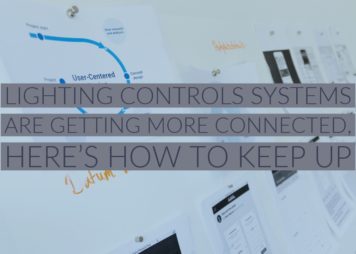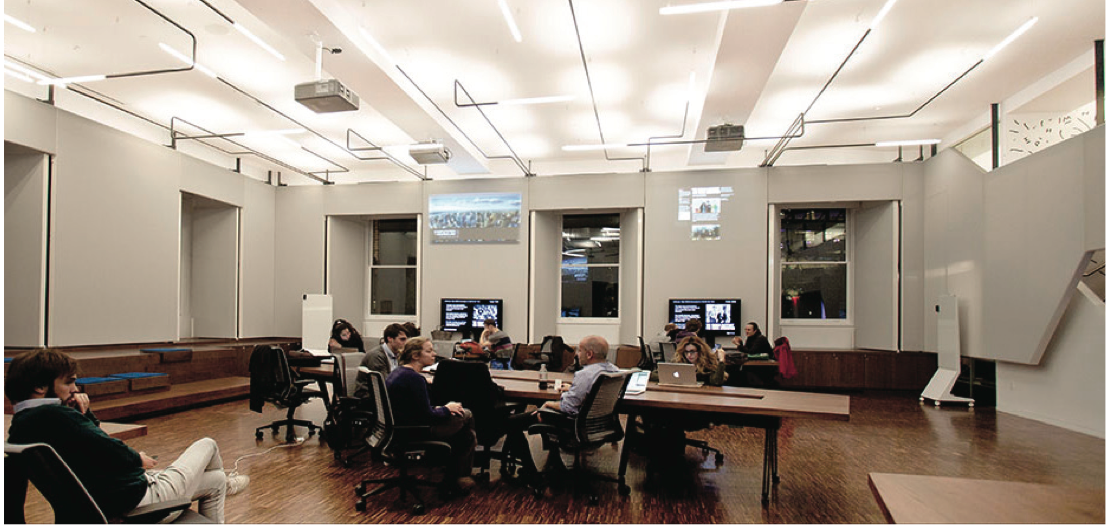Lighting Tips

Lighting Controls Systems Are Getting More Connected, Here’s How To Keep Up
Connected Lighting Is Here, Now What? Lighting control systems today are evolving as rapidly as...
Read Article We are blessed to work with a collection of amazing factories here at SDA. As such I almost always have exciting product announcements I could share. However, I came across a piece in Archdaily that I think is a must-read for anyone in the lighting community.
We are blessed to work with a collection of amazing factories here at SDA. As such I almost always have exciting product announcements I could share. However, I came across a piece in Archdaily that I think is a must-read for anyone in the lighting community.
As we work on job after job doing layout after layout we all get caught up in the standards. IES standards for illuminance levels, power density standards per energy code, efficacy standards per energy code – CCT, CRI, Lumens per Watt. Perhaps we forget that we also have a responsibility to create beautiful spaces.
Thomas Schielke takes on several of these problems in a piece that is critical of our rote designs without sounding scolding. Here’s his premise:
Is there a designer who does not dream of the perfect lighting concept, which conveys a feeling of well-being and shows the architecture at its best? Unfortunately, however, it is often the case that the brief received from the client causes difficulties. All too often discussions are peppered with such terms as LEDs and lux levels,causing an unconscious shift in thinking in the direction of norms and technology instead of placing questions about requirements and lighting quality at the centre of discussion.
 He moves on to discuss how LED is not synonymous with great lighting design.
He moves on to discuss how LED is not synonymous with great lighting design.
The freedom which we grant the client to think primarily in terms of LEDs provides no guarantee for successful lighting design. The first draft for successful lighting design should result from an exchange of ideas about lighting quality, based upon which a decision can be made as to the tools for achieving a particular lighting strategy, and after which the appropriate light sources can be selected.
Anyone who’s working in lighting design or has studied it knows deep down this is true. Yet so few of us take the time to challenge our clients to create truly exceptional light. Time is always against us. We’re always pushing to get more done in less time, but isn’t design suffering?
Lastly, Thomas makes a terrific point on lighting standards versus lighting design. Of course he is referencing European standards, just think IESNA rules instead.
Just as there is the technophile client who focuses all his ideas about lighting on the word LED, there is also a second type of client who defines perfect lighting on the basis of key figures such as illuminance and uniformity. Wanting to take no risks, he relies on norms such as the current EN 12464-1 which summarizes, for example, the most suitable lighting for a place of work via these 4 values: illuminance ≥ 500 lx, glare rating ≤ 19, uniformity ≥ 0.6 and colour rendering ≥ 80. In this way the designer has a few technical indicators, but here a quantitative understanding of light dominates and the aspects of design are ignored. No one choosing a holiday destination or buying property would take a decision entirely on the basis of four figures such as the square metres, the number of rooms, the ceiling height and the energy consumption.
This weekend, take a few minutes and read the entire piece. It’s worth the 5 minutes it will take you and it will re-awaken you to the power of lighting design over sheer codes and design norms.
Have a great weekend and happy reading!
Fill out the form below and we'll be in touch as soon as possible.